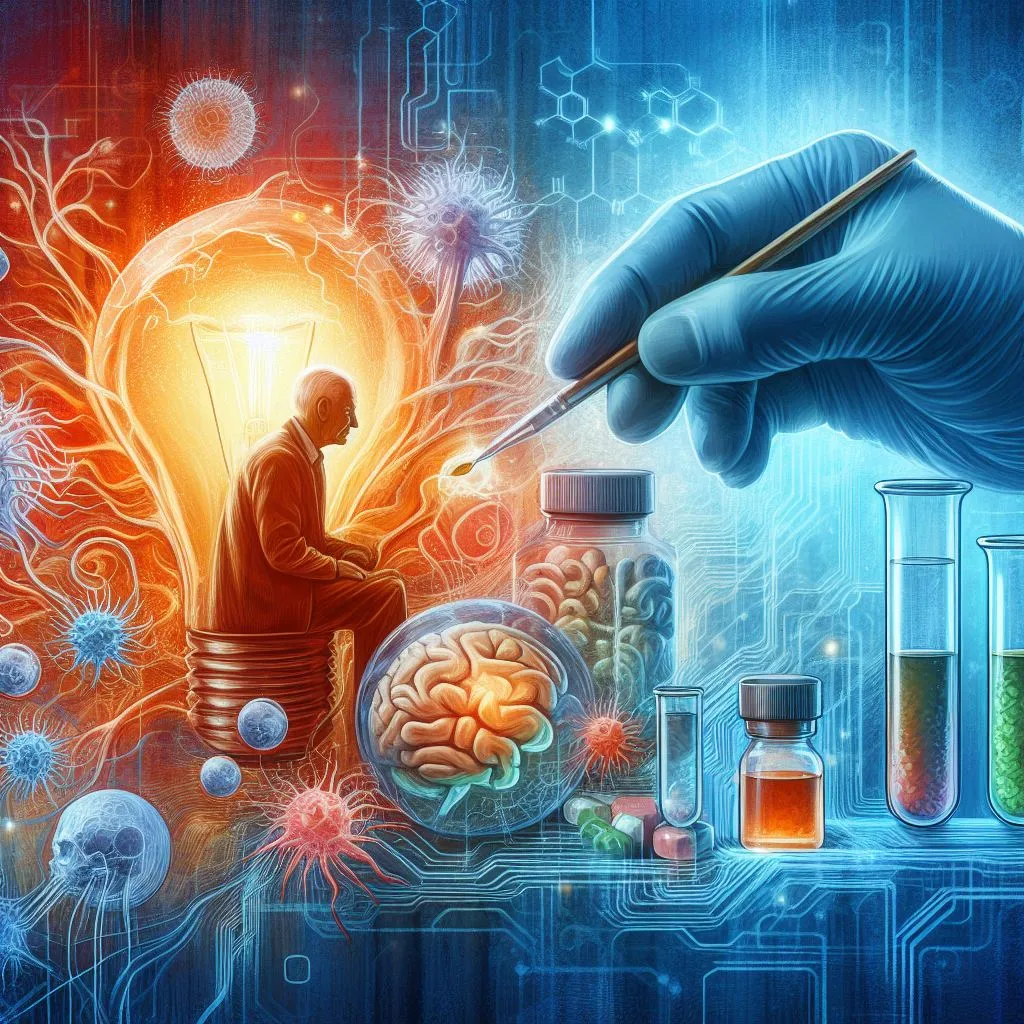Vitamins D2 (ergocalciferol) and D3 (cholecalciferol) are the two most commonly used forms of vitamin D. Although their chemical names are slightly different, the two forms of vitamin D are biologically similar and are converted into an active form of vitamin D in the body. However, there are a few differences between vitamin D2 and vitamin D3:
- Source: Vitamin D2 is produced by fungi and can be found in certain plant foods such as yeast. Vitamin D3 is produced by the skin under the influence of UV rays from the sun, and can also be found in certain foods of animal origin, such as fatty fish meat and dairy products.
- Effect on blood levels: Studies show that vitamin D3 is more effective at increasing blood levels of vitamin D than vitamin D2.
- Lifespan: Vitamin D3 is considered to have a longer lifespan in the body than Vitamin D2.
In general, getting enough vitamin D, whether in the D2 or D3 form, is important to maintain good bone health and a strong immune system.
What are the benefits of vitamin D3
- Improved bone health: Vitamin D3 helps absorb calcium and phosphorus, which is essential for strengthening bones and preventing diseases such as osteoporosis.
- Regulation of cell growth and maturation: Vitamin D3 plays an important role in the regulation of cell growth and maturation.
- Prevention of heart disease: Studies have shown that vitamin D3 can help reduce the risk of heart disease by regulating blood pressure levels and improving heart function.
- Improved immune health: Vitamin D3 helps boost the immune system by stimulating the production of white blood cells.
- Diabetes prevention: Studies have shown that vitamin D3 can help prevent diabetes by regulating blood sugar levels and improving insulin sensitivity.
- Reduction of depression: Vitamin D3 may help reduce symptoms of depression by modulating levels of serotonin and dopamine in the brain.
Order your vitamin D3 here: https://amzn.to/3XuKxIW

